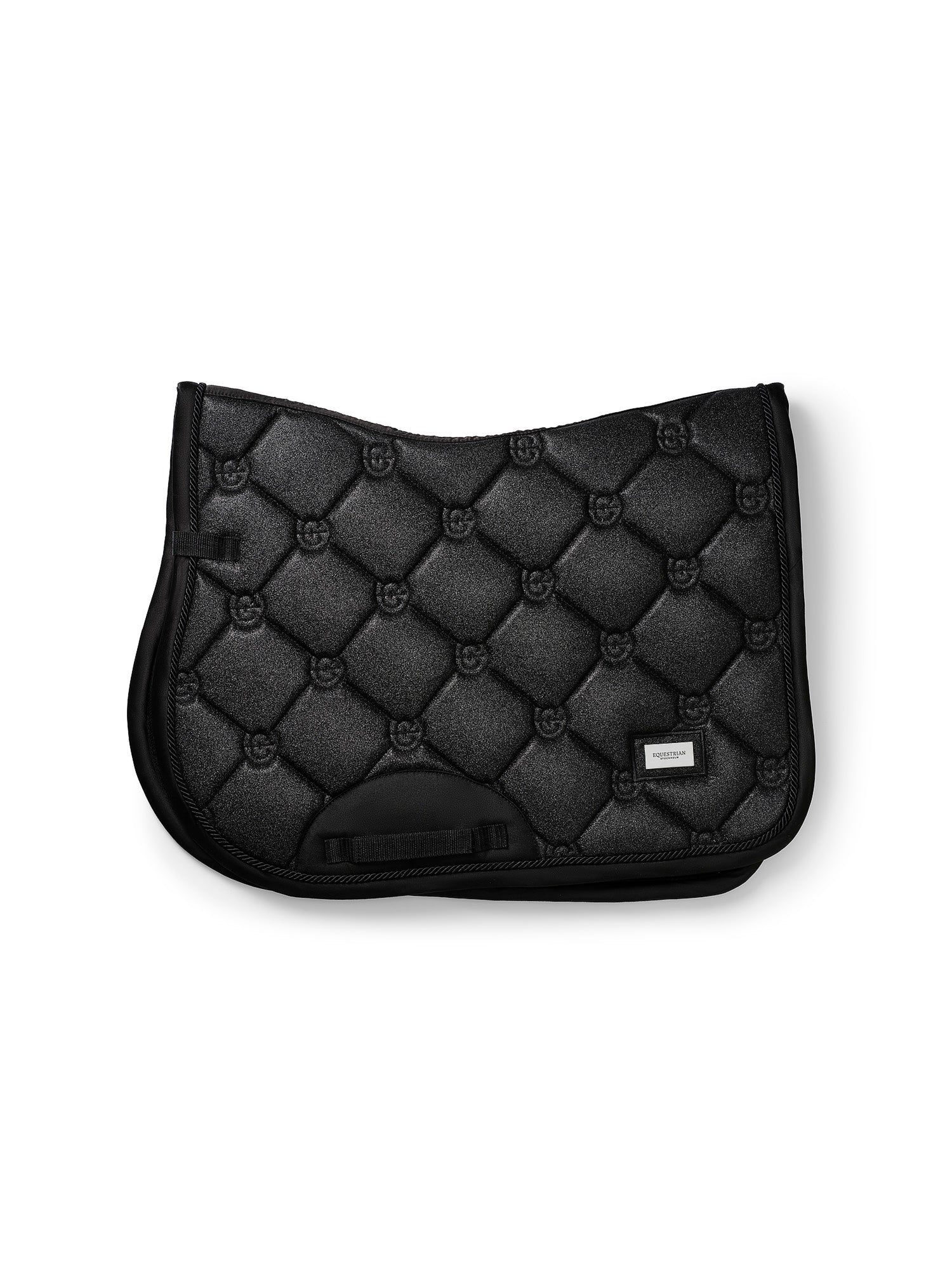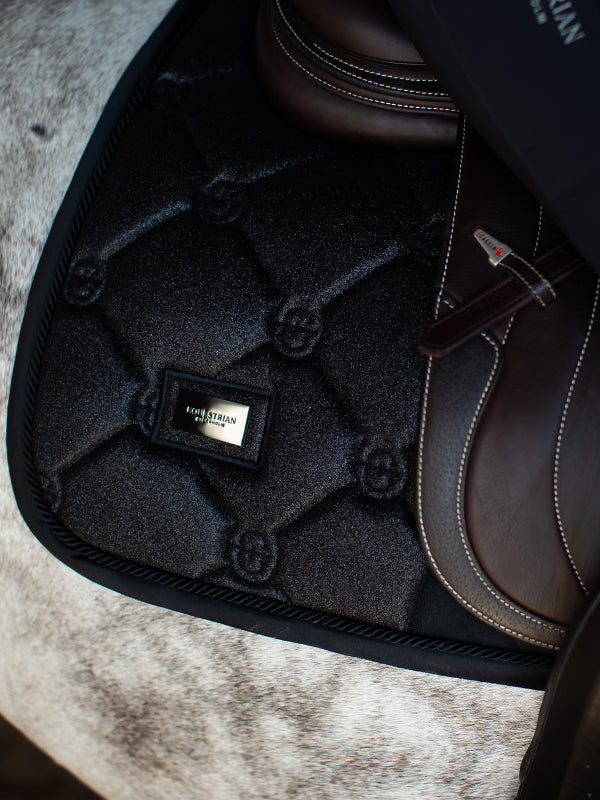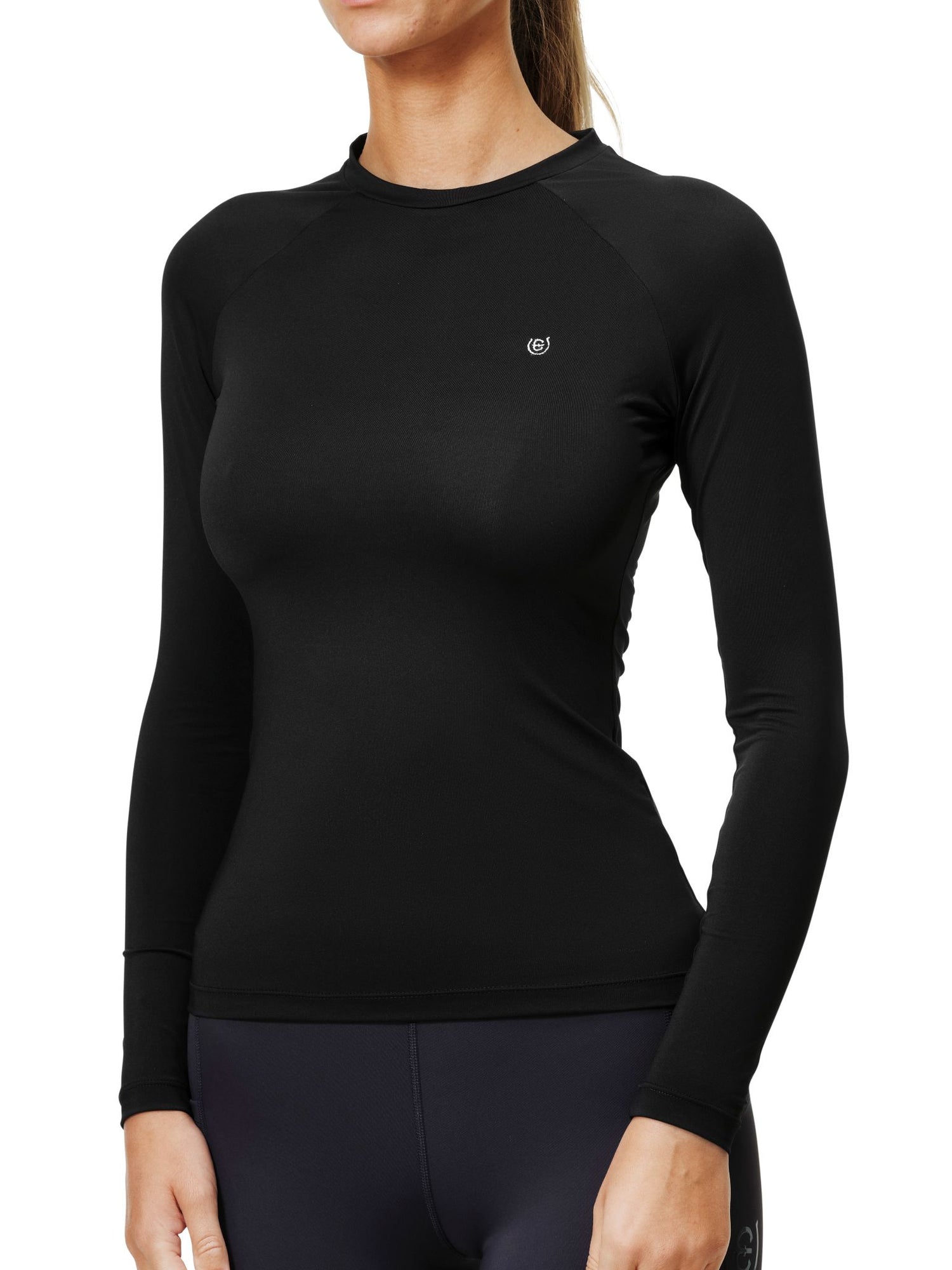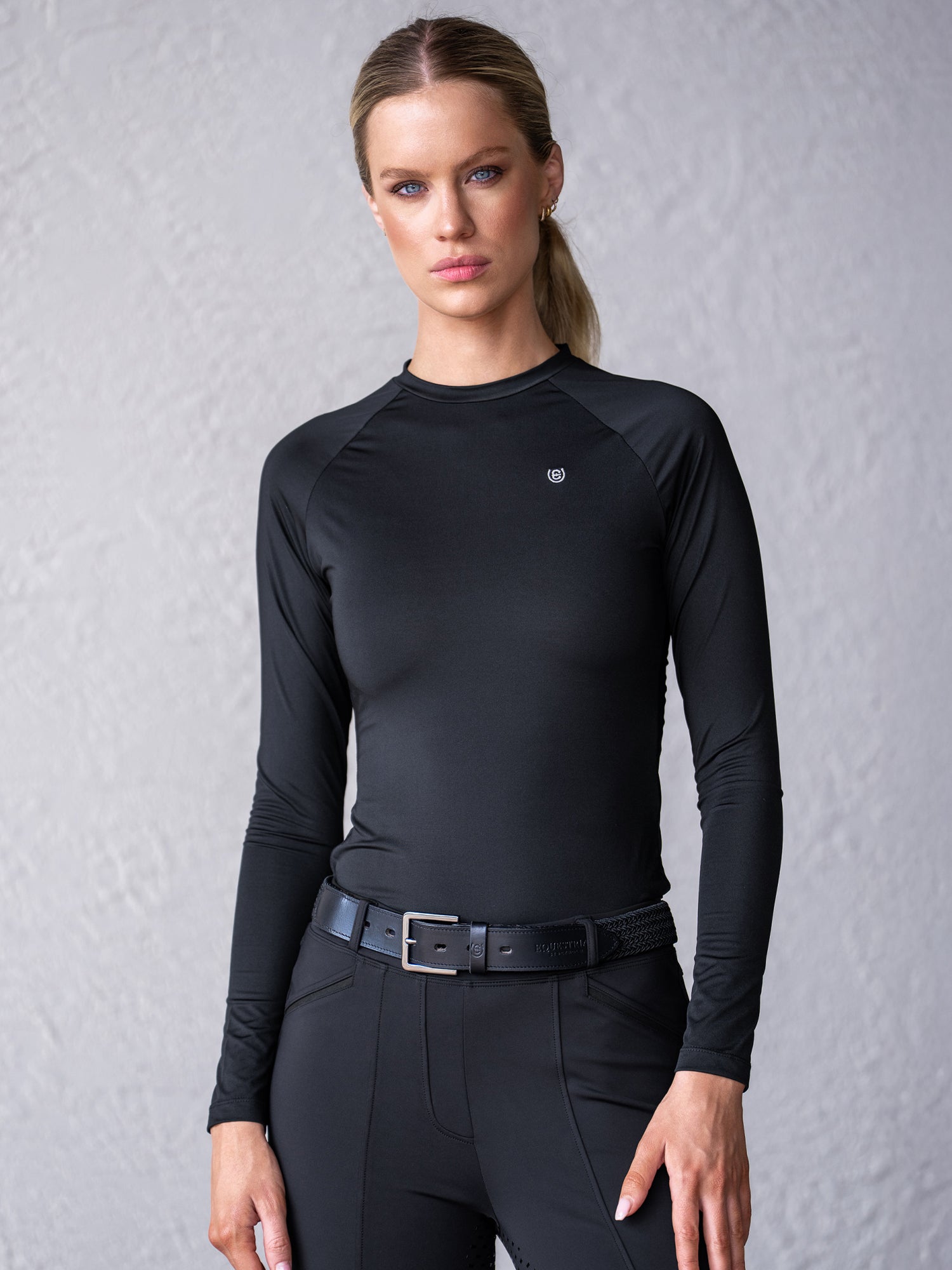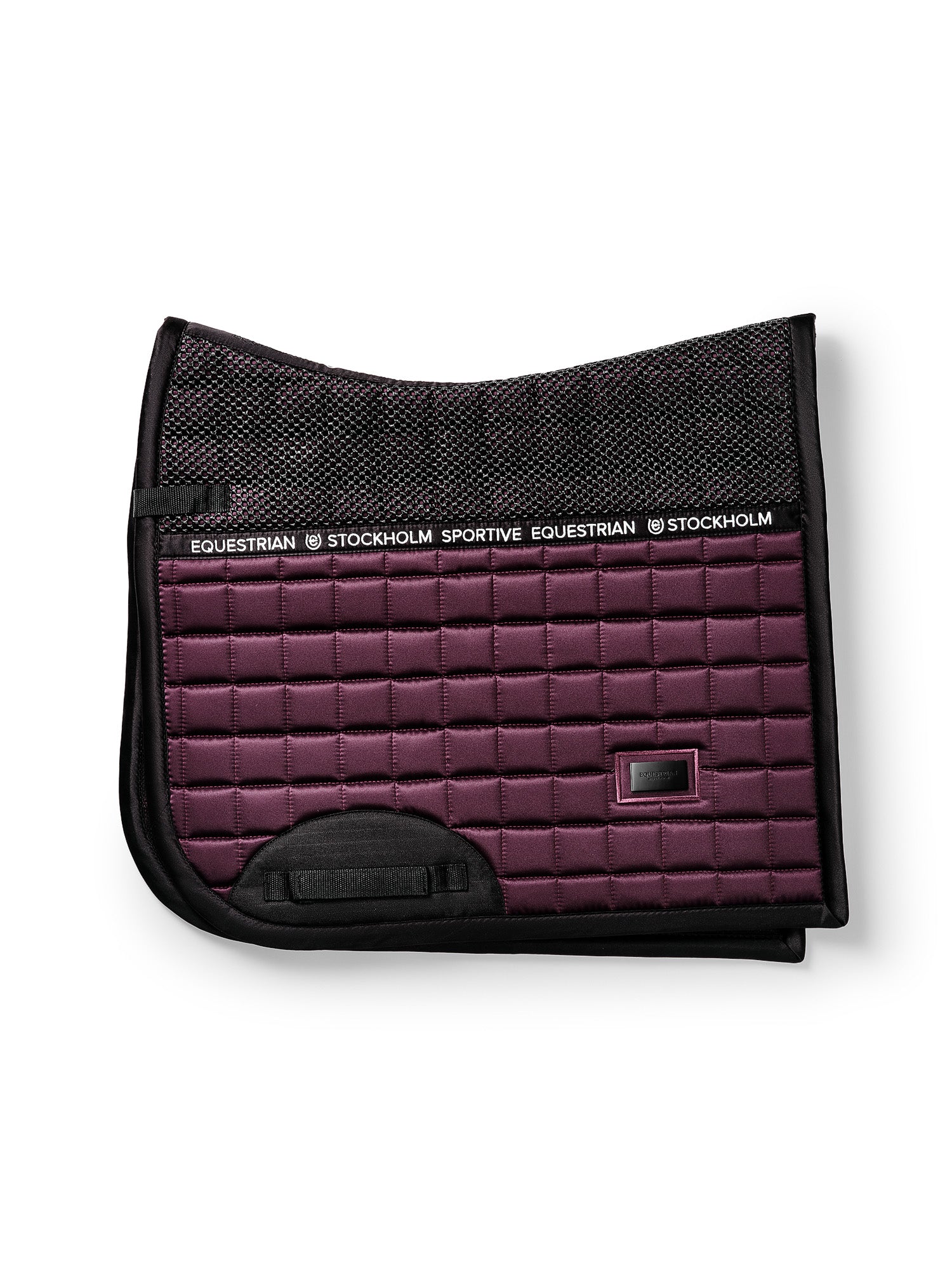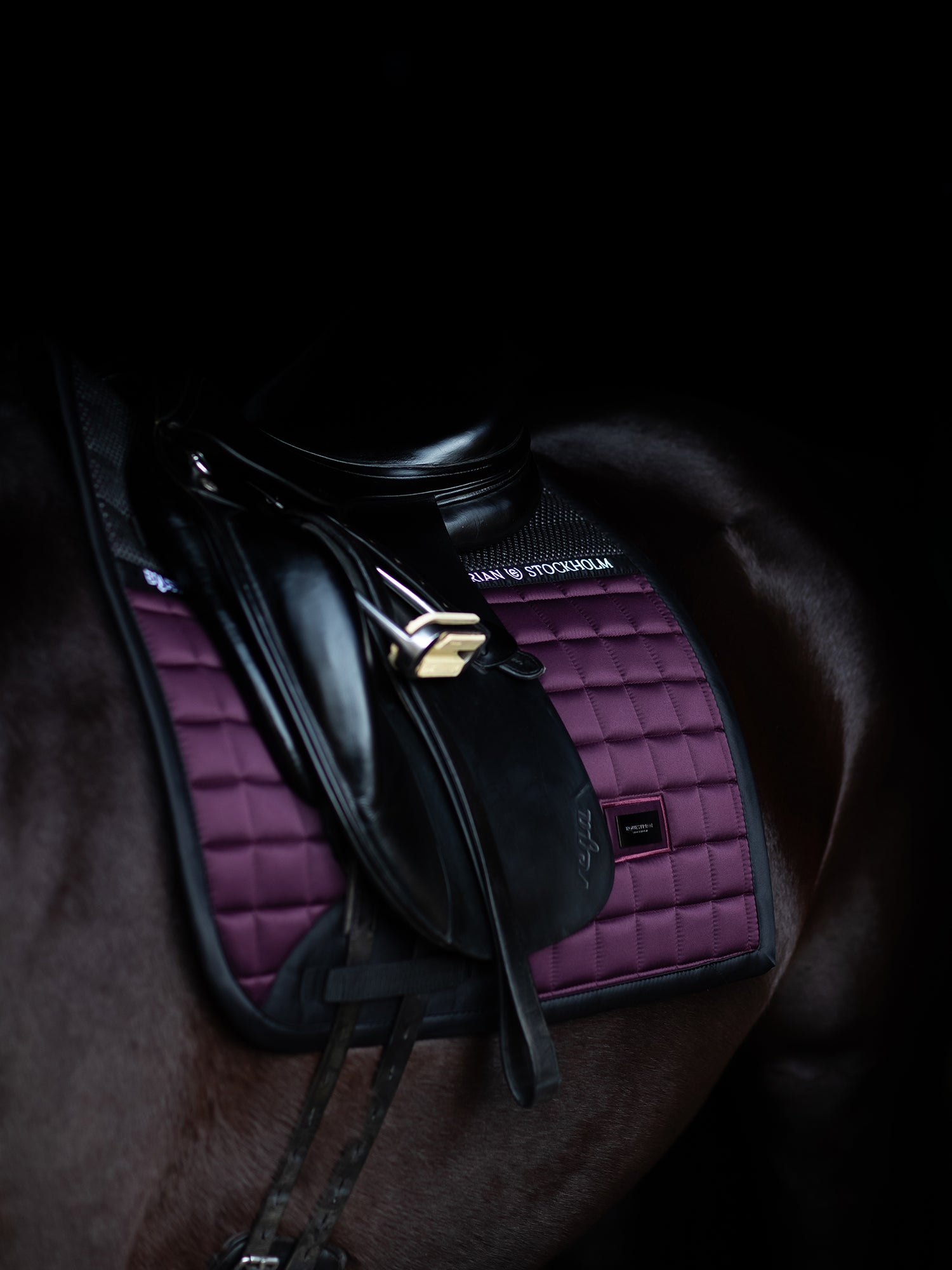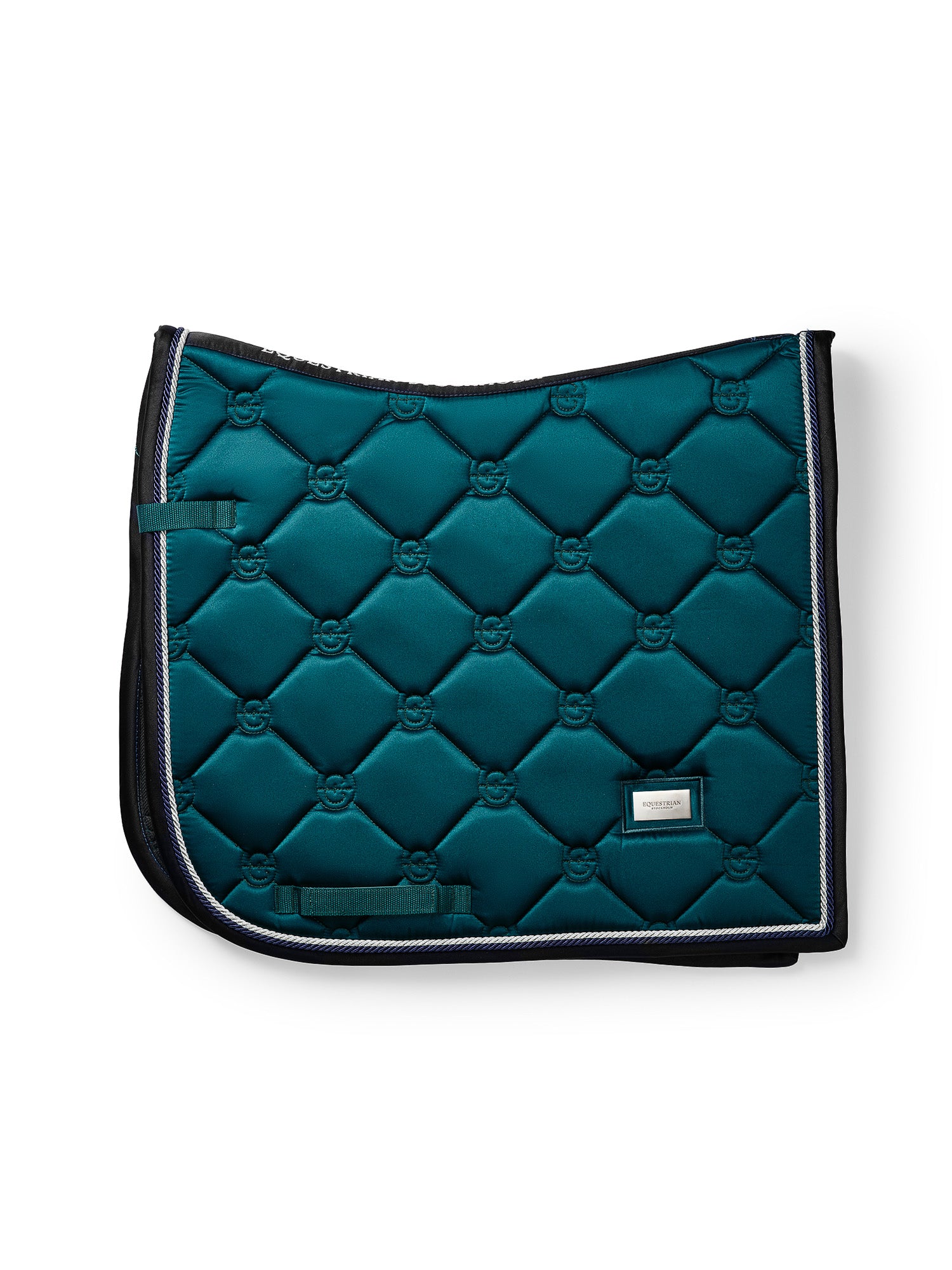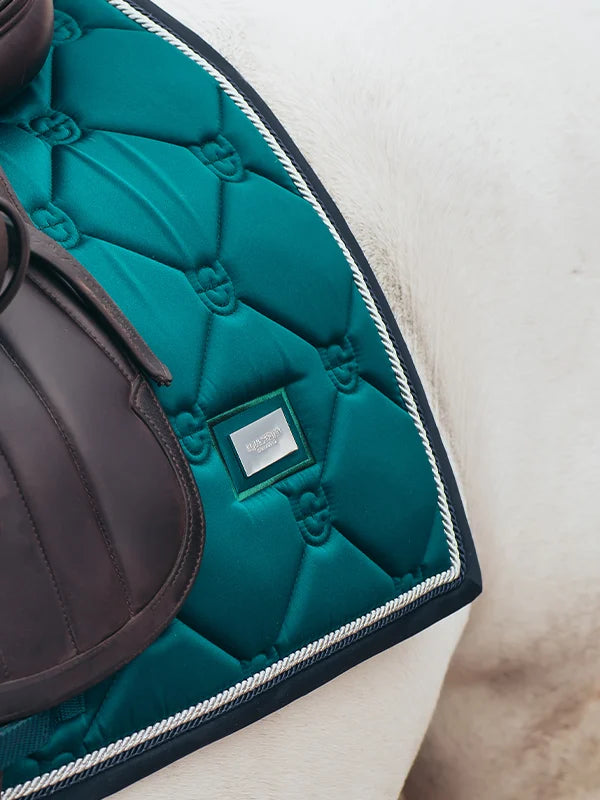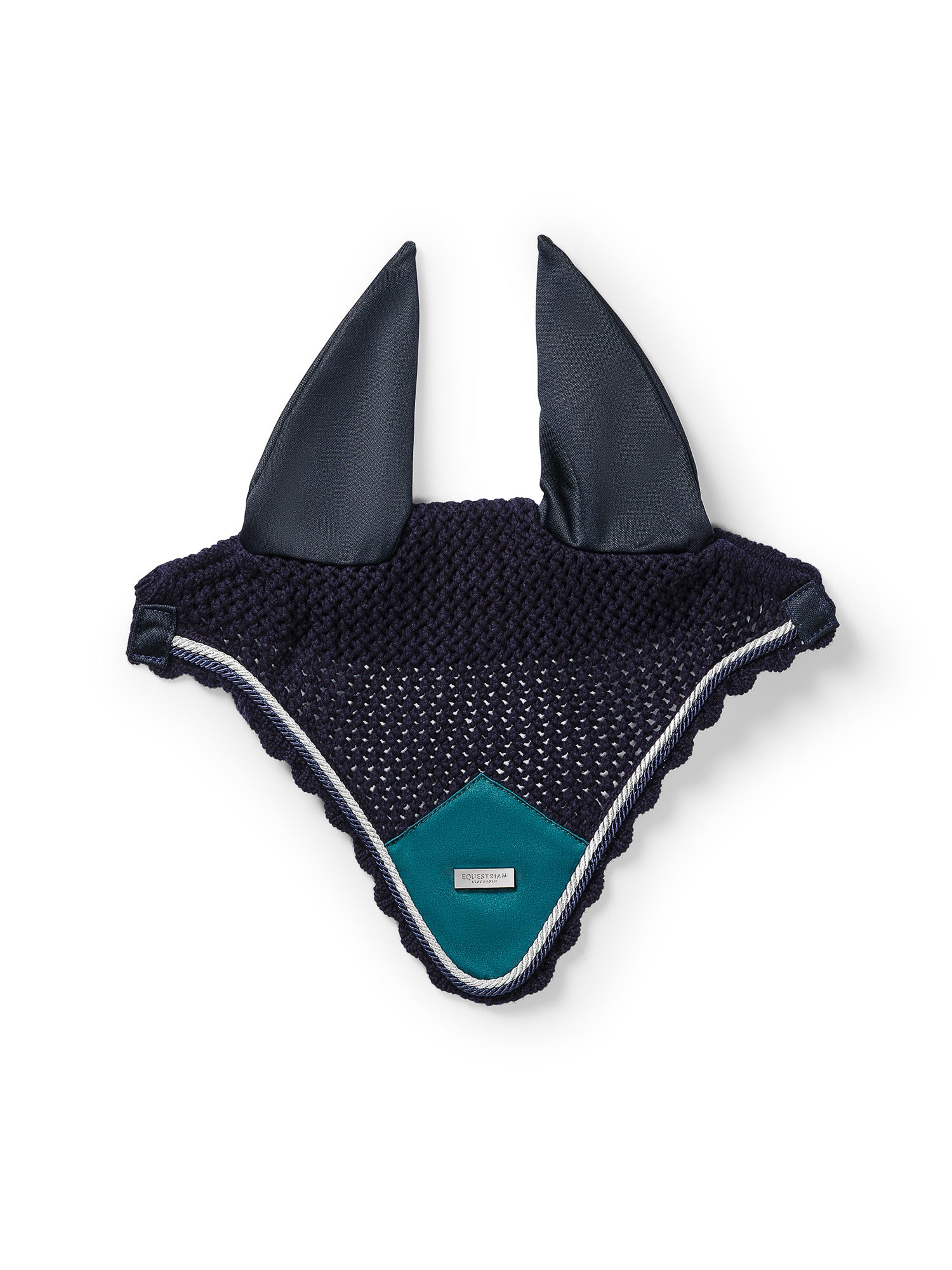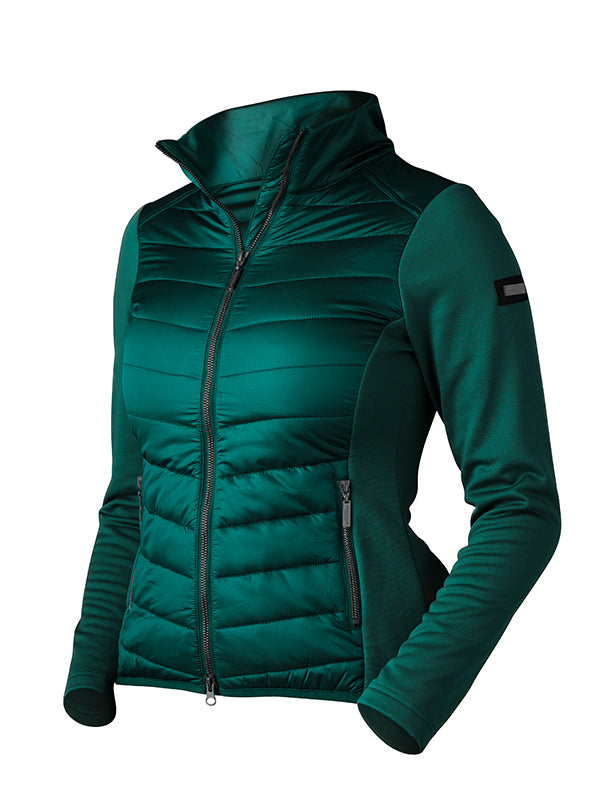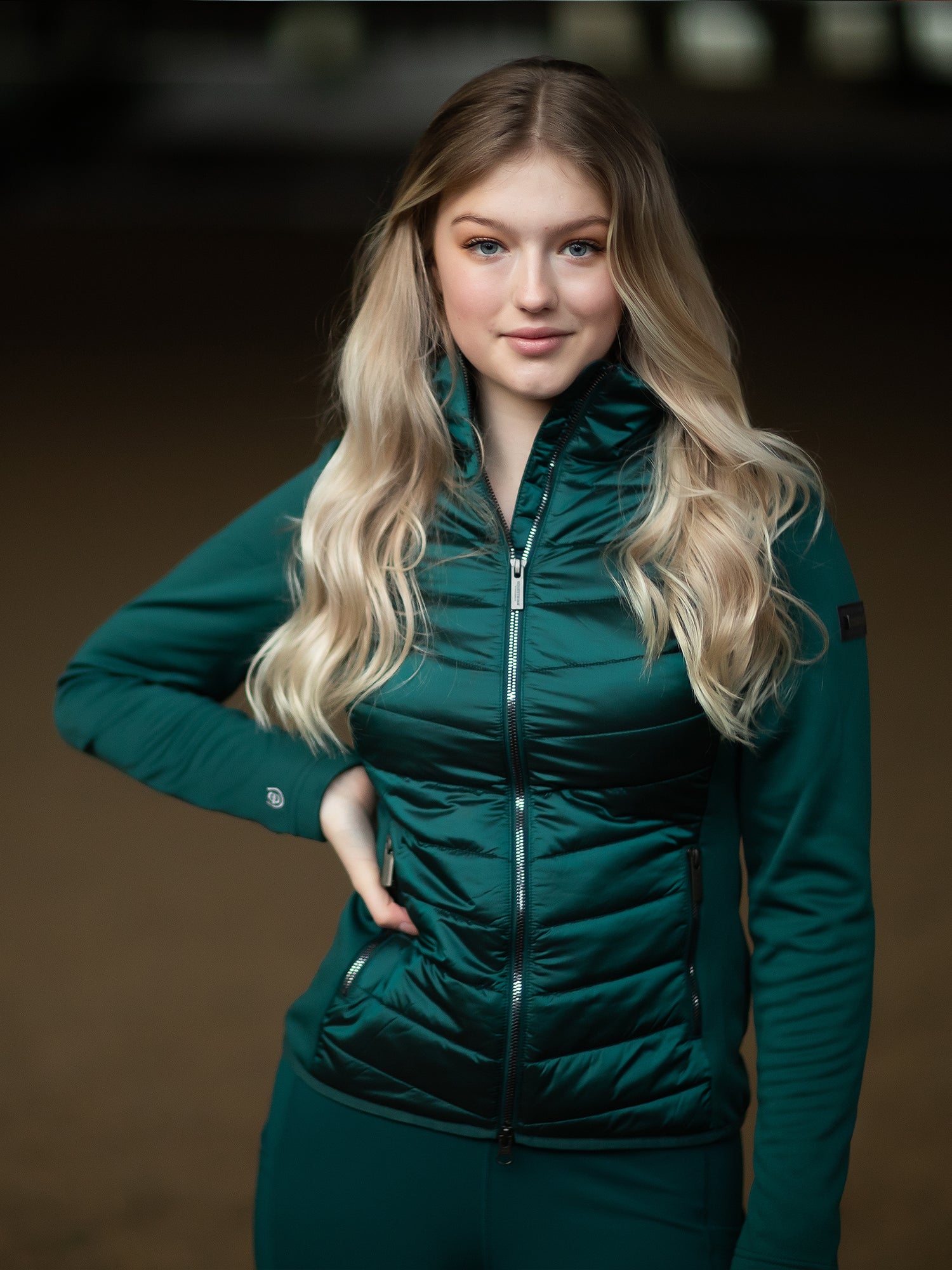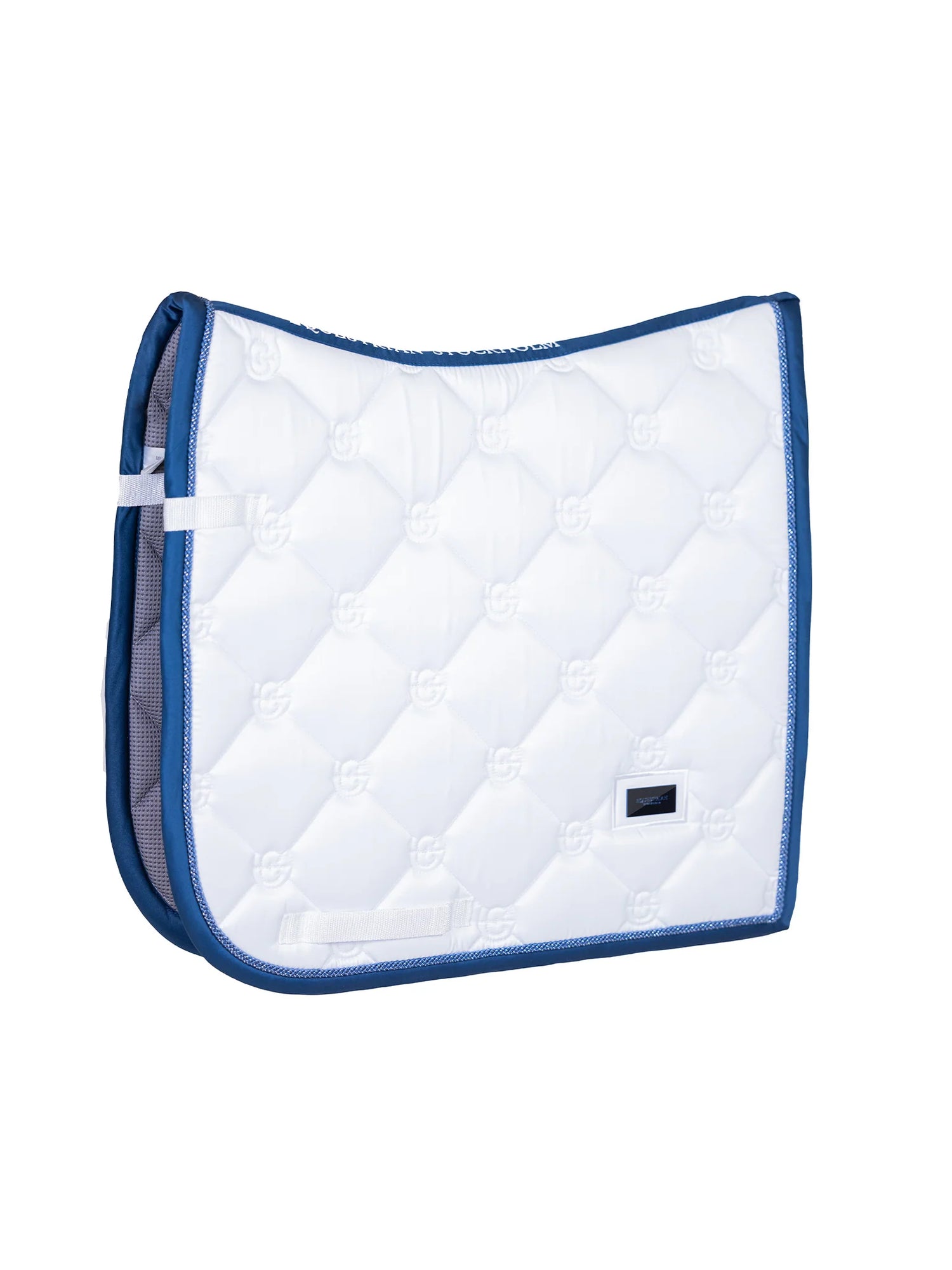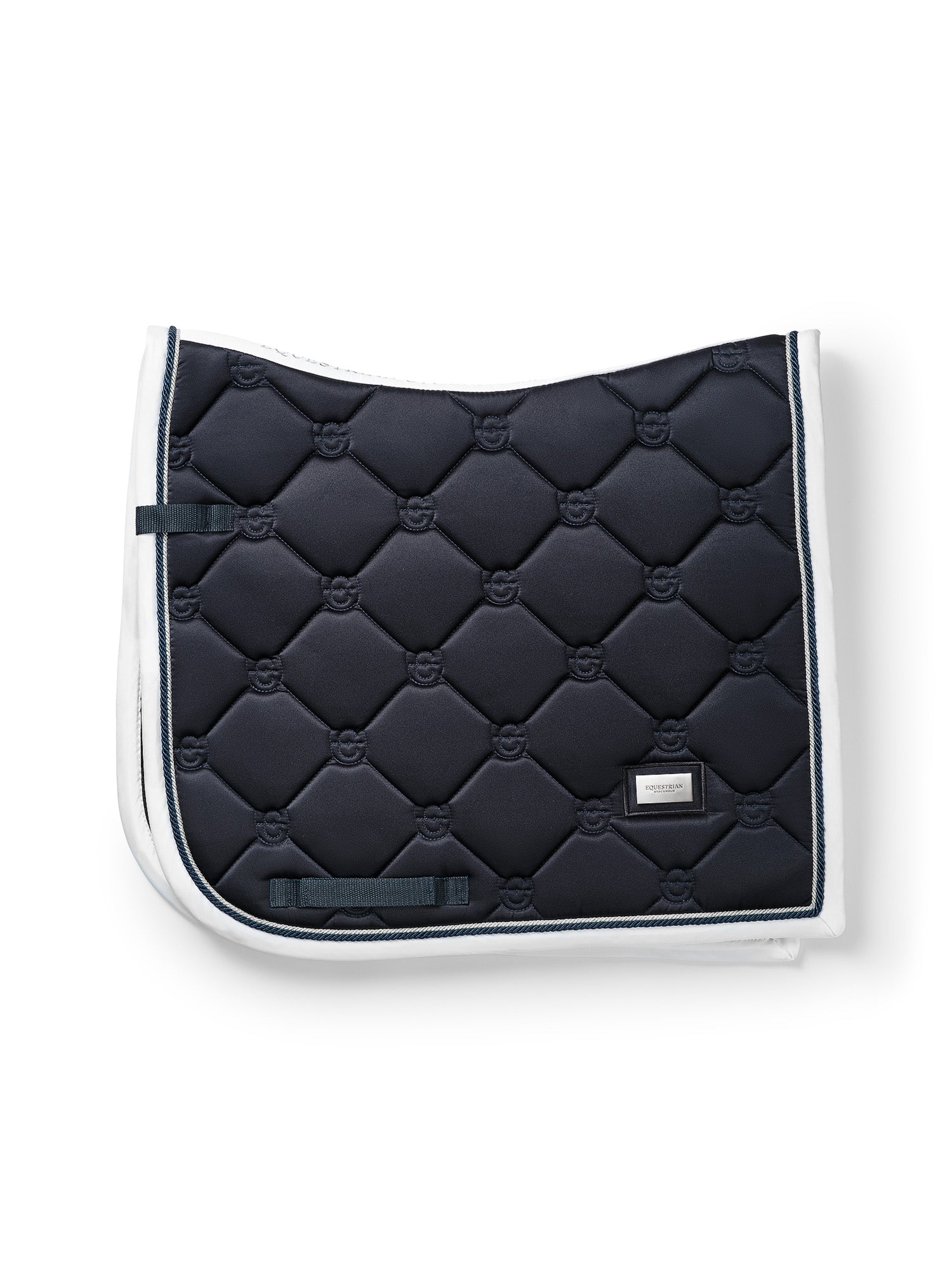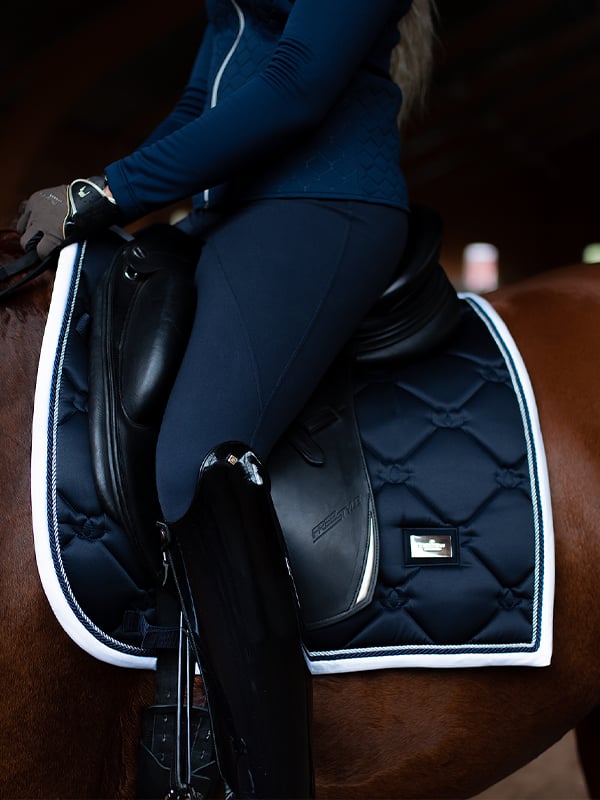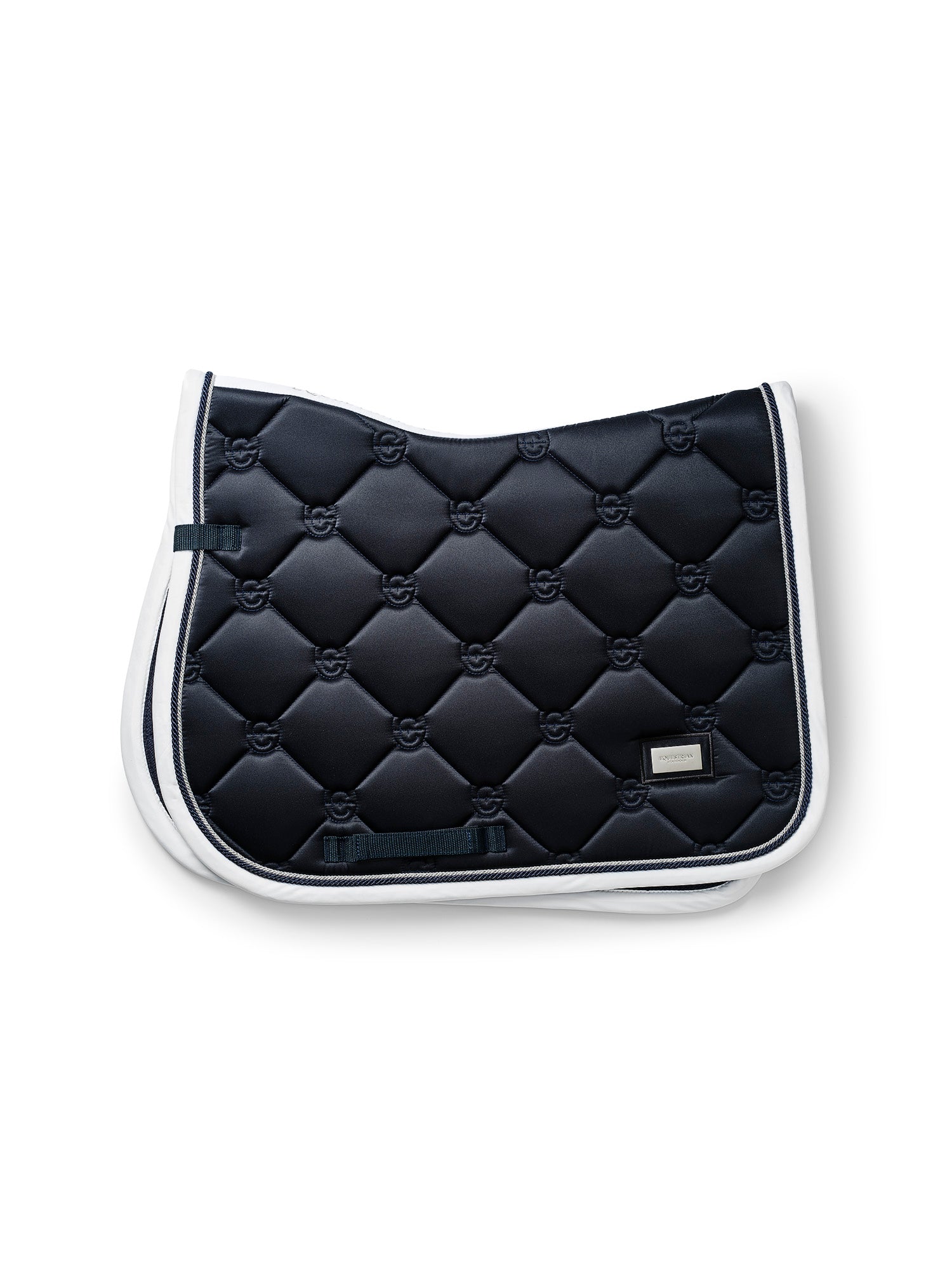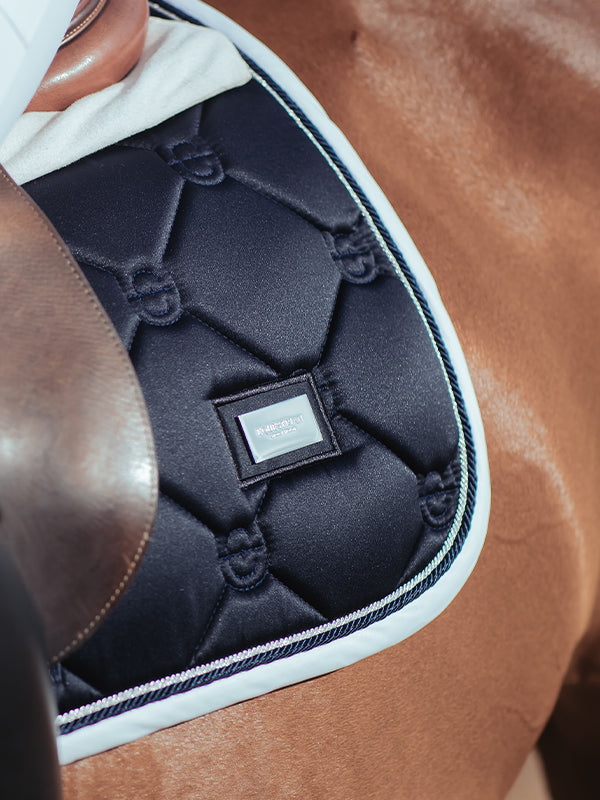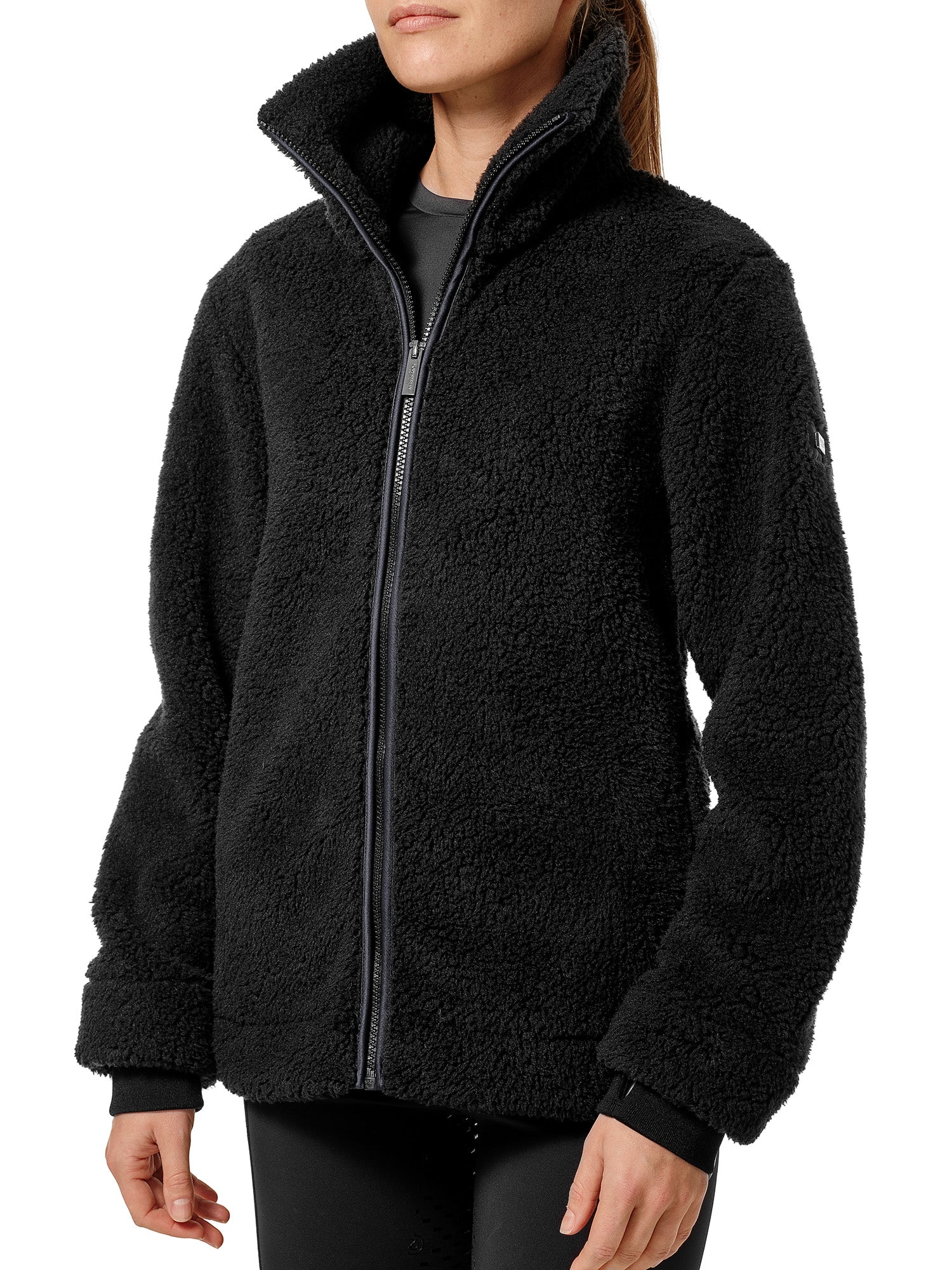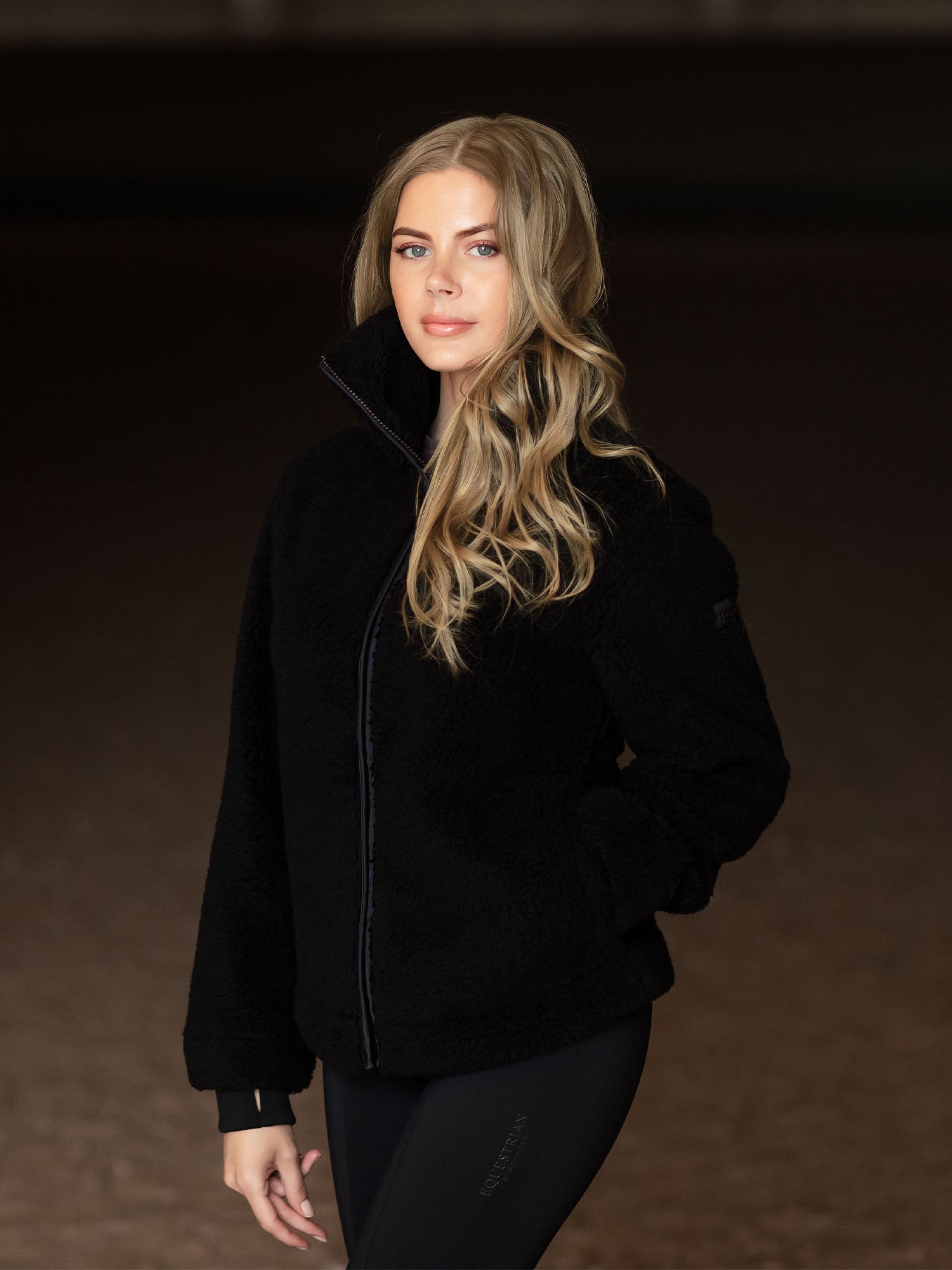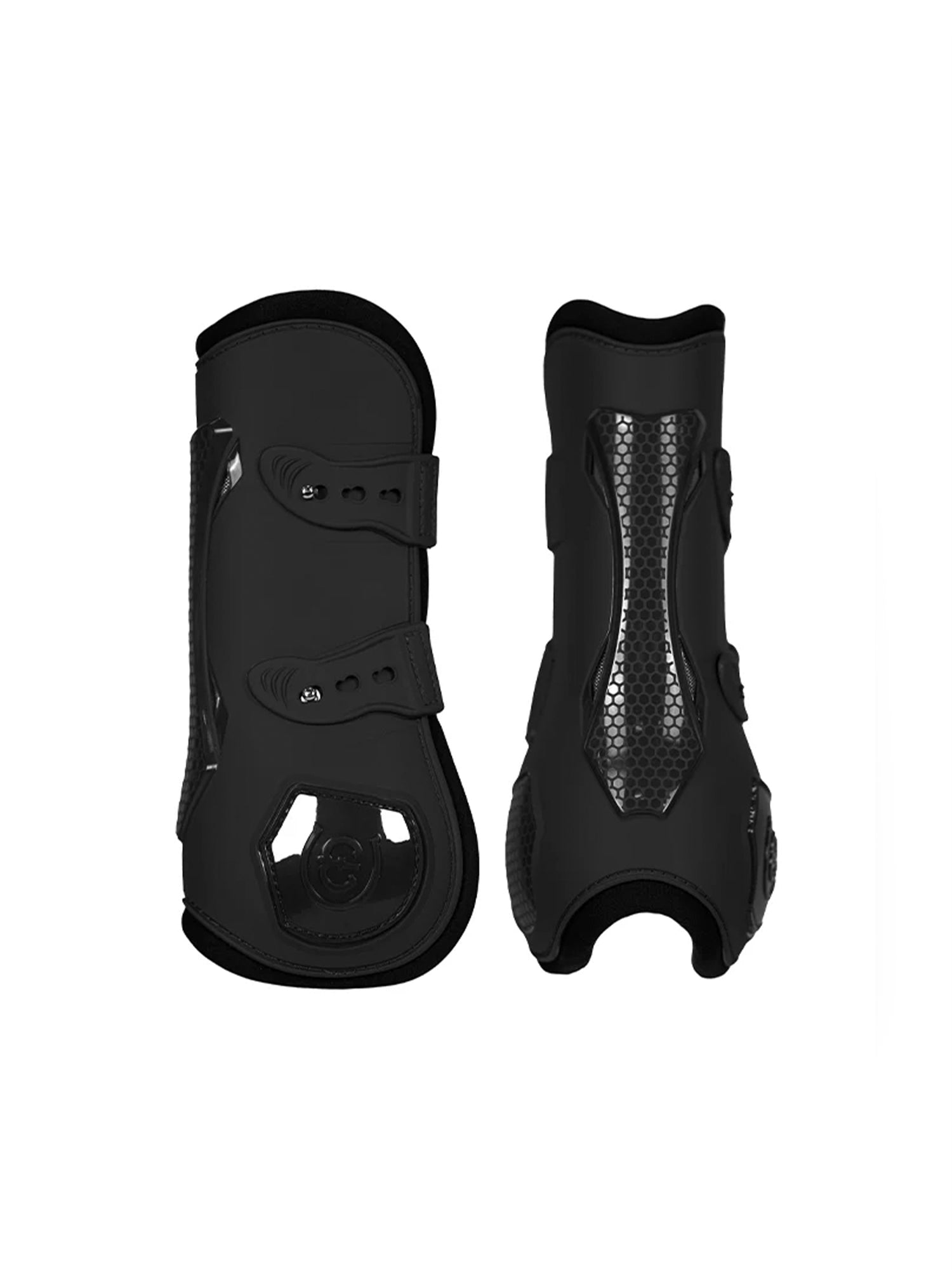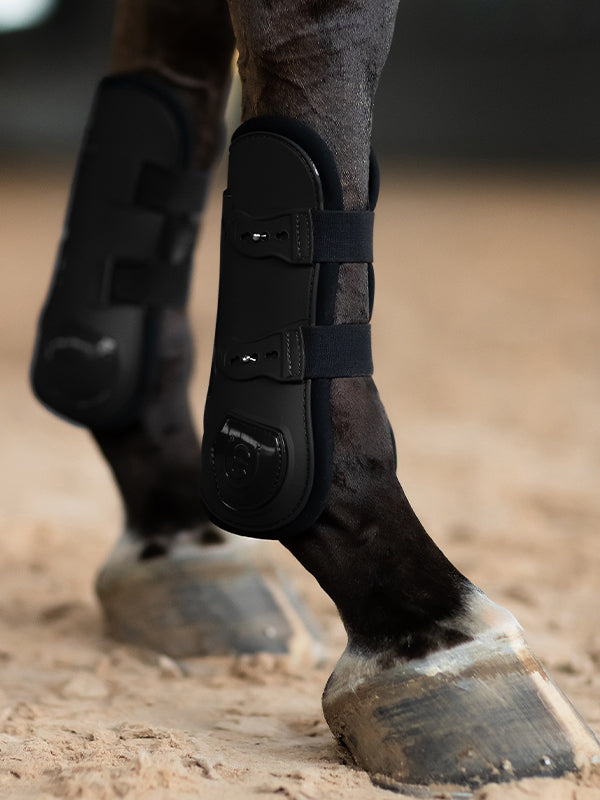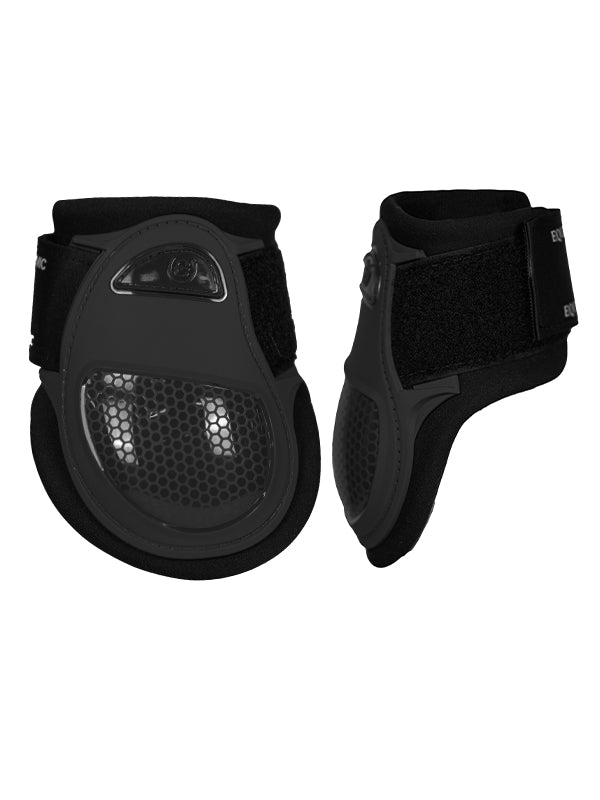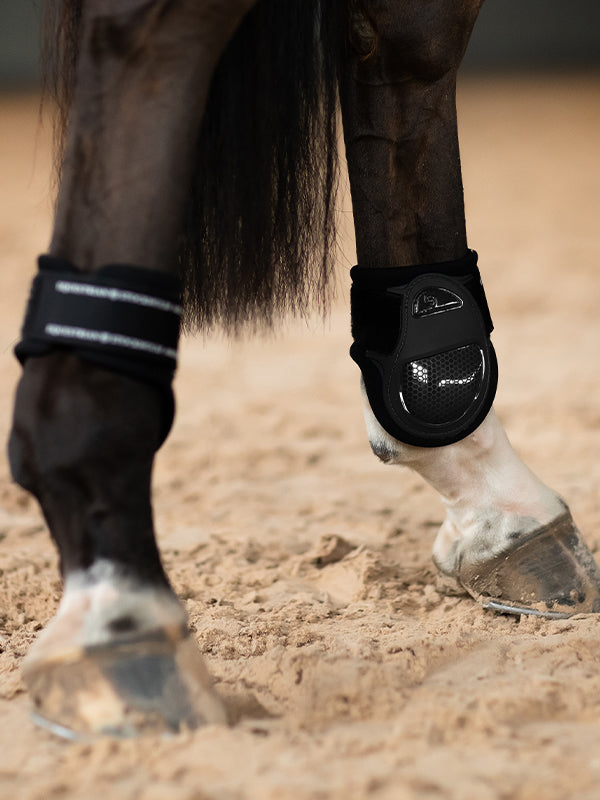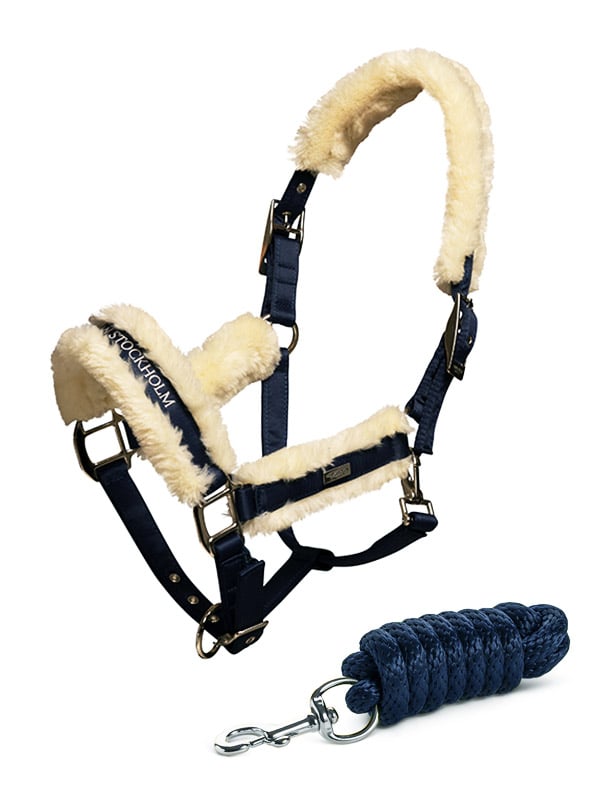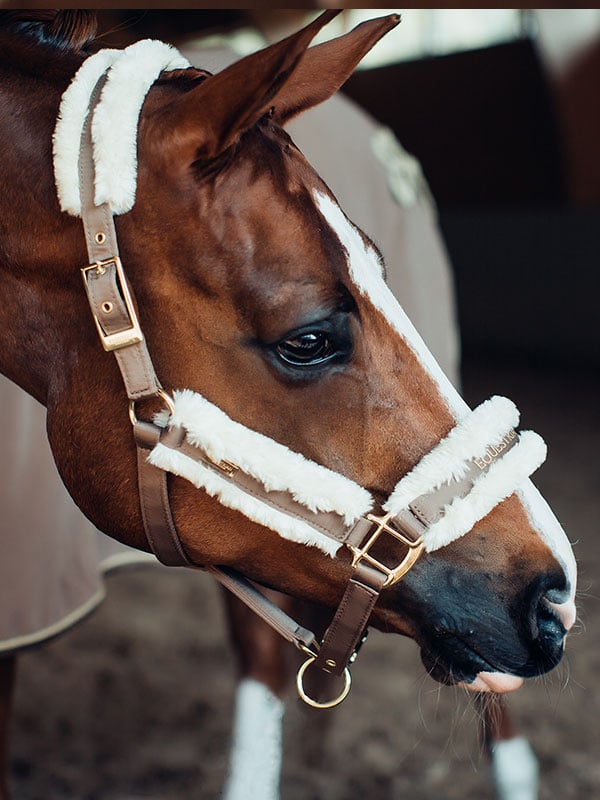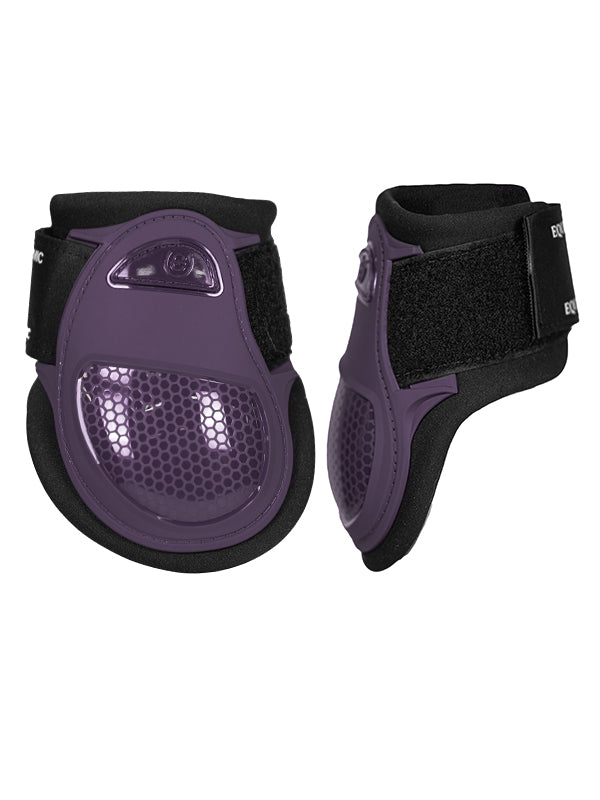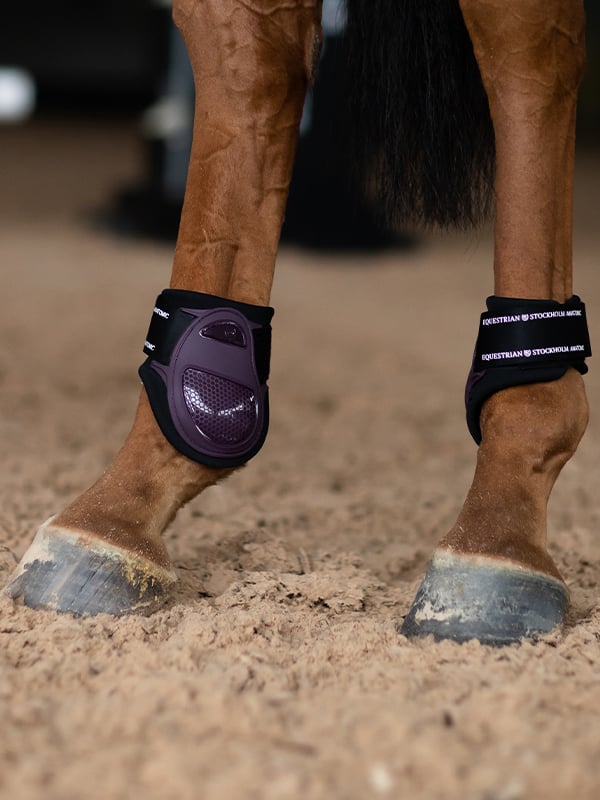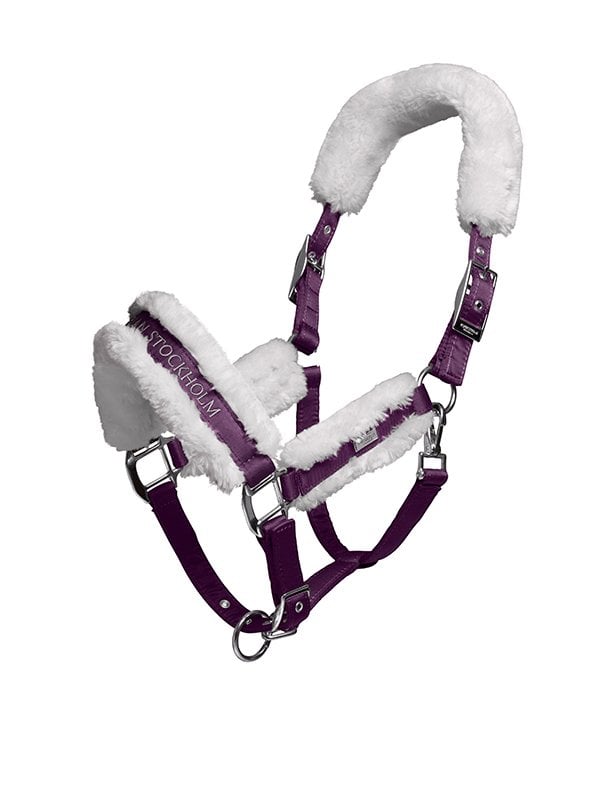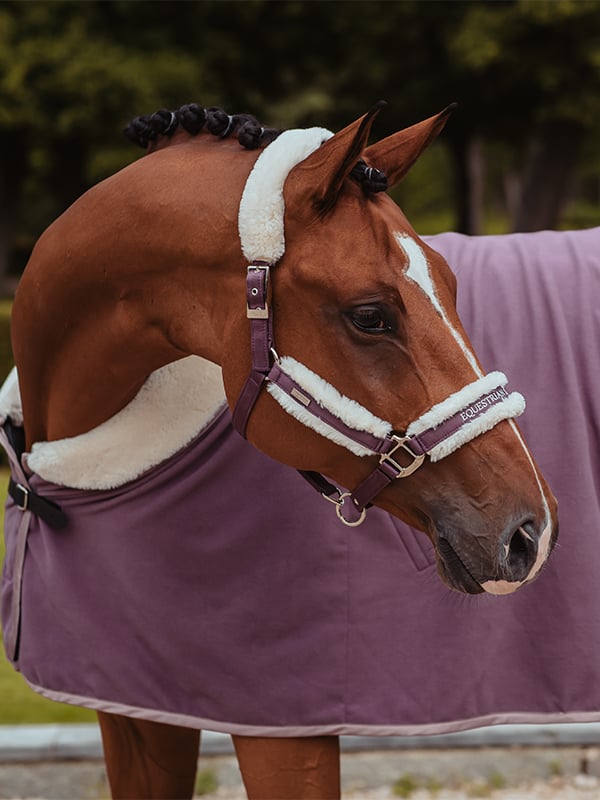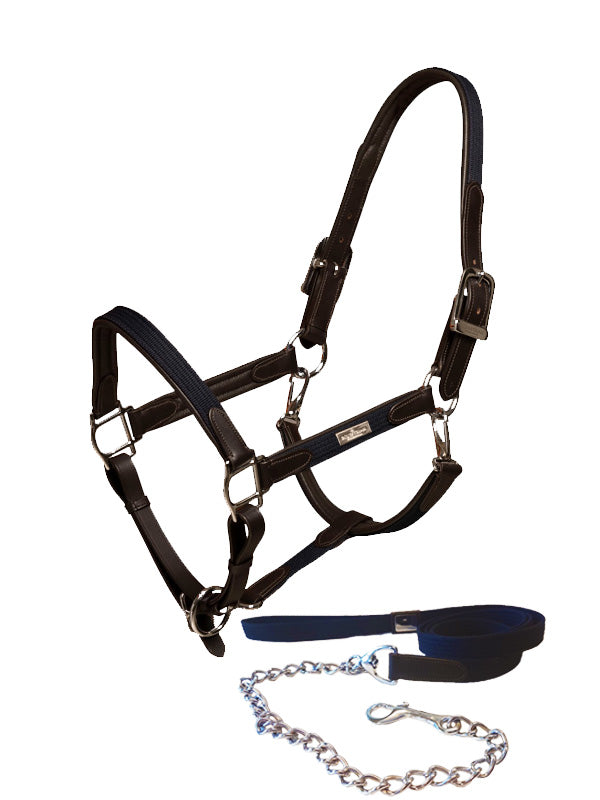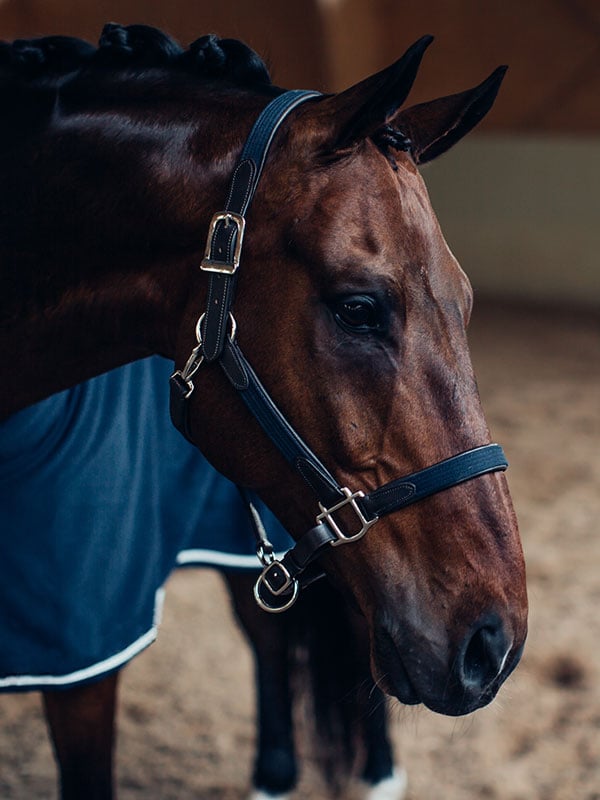Transporting horses across borders can sound like a complex process. Whether you're buying a new horse from abroad or moving your equestrian partner to a different location, ensuring their safety and well-being during the journey is of highest importance. We talked to Marcel Jordan Horse Transport, with 16 years of experience, what it can look like when transporting a horse from Spain to Sweden.

1. The Journey Itself
Marcel Jordan's transport services typically begin in Spain and proceed through France, Belgium, Netherlands, Germany, and Denmark before reaching the final destination in Sweden. To ensure the horses' well-being, the journey includes overnight stops at stables along the route. Marcel Jordan has an extensive network of layover stables throughout Europe, where horses can rest and recover during long journeys.
2. Vehicle and Equipment
Marcel Jordan utilizes custom horse trucks designed with a focus on equine welfare, providing comfort and security. During transport, horses have access to hay and water. They are transported untied, allowing them to move freely and reduce the risk of shipping fever. The vehicles are well-ventilated, and Marcel Jordan is the first company to have a misting system installed. This system helps lower the temperature inside the truck, ensuring horses remain comfortable.
3. Documentation and Health
Transporting horses between European countries requires a health certificate known as "Traces." Horses must also have a registered passport before obtaining the certificate. While specific health certificates or vaccinations may vary, Marcel Jordan recommends, at a minimum, an influenza vaccination. While Marcel Jordan takes utmost care during transport, owners should be aware that risks exist. Horses are transported at their owners' risk, as factors beyond the transport company's control can affect the horse's well-being.
4. Cost and Payment
The cost of horse transport varies based on specific requirements and destinations. Marcel Jordan offers both private and shared transport options.
5. Preparation
Horses should know how to walk on a halter. Foals need to be separated from mares for at least three weeks before transport. Horses should be equipped with a leather halter and a rope.
6. Safety and Well-Being
Stall size depends on the horse's size, typically ranging from 80 to 90 cm wide. The size ensures stability and prevents horses from turning around during transit. Marcel Jordan's trucks can be opened at the side for easy access to provide food and water during the journey. Horses are checked at maximum intervals of every 4.5 hours during the journey.
7. Regulations and Laws
Specific regulations come into play when leaving the European Community. Marcel Jordan's team ensures all necessary customs and border checks are met.


